San Francisco grew to prominence after the Gold Rush of ‘49, with a population swelling from around 200 in 1846 to about 40,000 ten years later.
Indeed, the Victorian era that heralded this incredible growth is well-documented and associated with San Francisco history and architecture. In the decades proceeding the Gold Rush, from the influx of wealth, were produced some stupendous Victorian architecture, much still extant, with some lost:



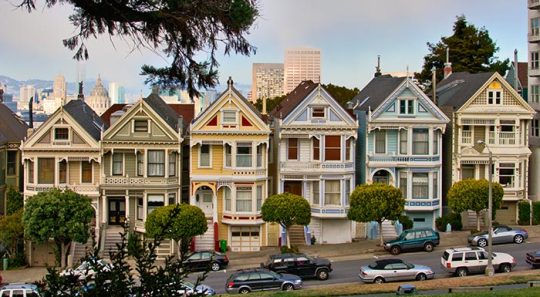
And the city continued to grow, steadily, into the 20th century.
By 1880 the population was a vastly larger 234,000, and by 1900 it had increased another approximate 100,000 to 343,000.
This time period was moving away from Victorian styles. For example, the famous “Painted Ladies” row of houses on Alamo Square were completed by 1896. The Victorian style continued into the 19-teens, but was fading.
Due to the Gold Rush the city has been cosmopolitan since it rose to prominence. Obvious examples include the Chinese population in Chinatown, established in 1848, and now the largest Chinese population outside of Asia. Many thousands of Europeans and Latin Americans also flocked to the area for gold, and stayed on in the thriving, wealthy city. With the European influence came another style of architecture: Art Nouveau.
Art Nouveau is found throughout western Europe, for example in France, Spain, and Belgium. The style is based on curves and proportions found in natural forms - which makes it aesthetically very pleasing. It flourished between 1890-1910, and San Francisco, as a city that had a history of only a few decades with a large European immigrant base, and money available for showing off, was prime for the style’s influence. Many American cities have no Art Nouveau for the same reason - Boston wasn’t about to tear down its heritage district for this new, European style. (In fact the only American Art Nouveau artist of note on the global stage is Louis Comfort Tiffany, famed for his decorative windows and lamps.)
So for a brief window Art Nouveau influence could be seen in San Fran. But of course this all came crashing down (and burning) with the 1906 earthquake and fire.
Growing up in San Francisco I saw glimpses, hints, of this beautiful style hidden throughout the City. The first photo in this post is from Golden Gate Park, taken by excellent local photographer of the era, Willard Worden shows the European influence of the time. The Portal is still there:
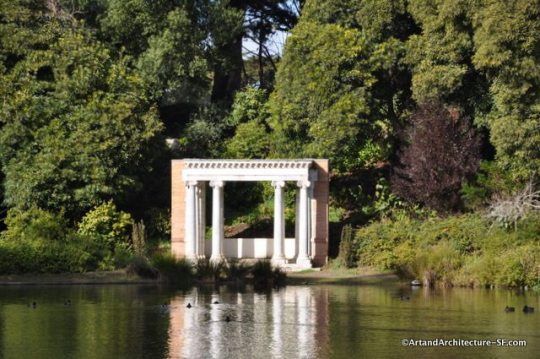
Most notably, of course, were the Art Nouveau constructions of the Panama-Pacific International Exposition in 1915, most of which were designed to be temporary, and were subsequently torn down. Indeed, the only remnant remaining is the reconstructed Palace of Fine Arts:

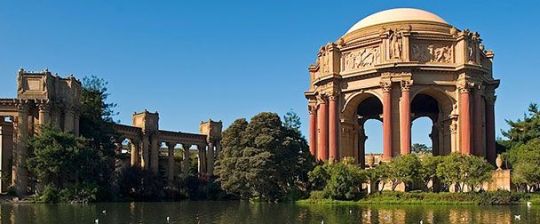
Other than this well-known city monument, the offerings are few and far between. San Francisco was one of the few places in America where Art Nouveau could thrive - and it was almost all lost:
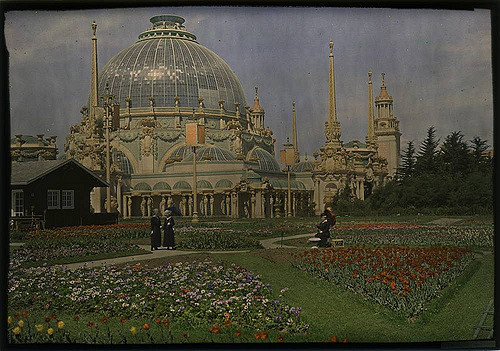
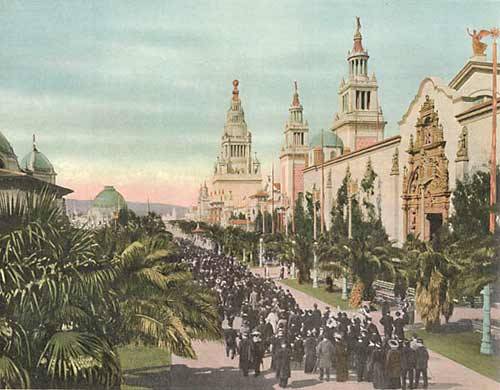

With a few pleasing exceptions:
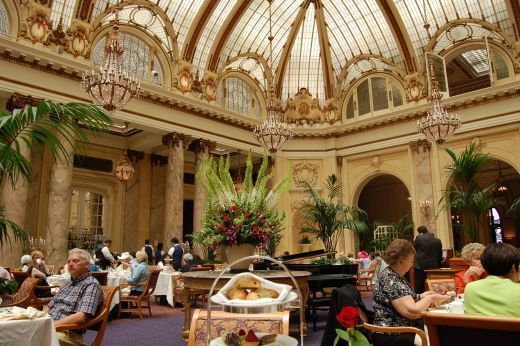
The Palace Hotel - rebuilt after the fire.

The Hammersmith Building
And little ruined reminders:

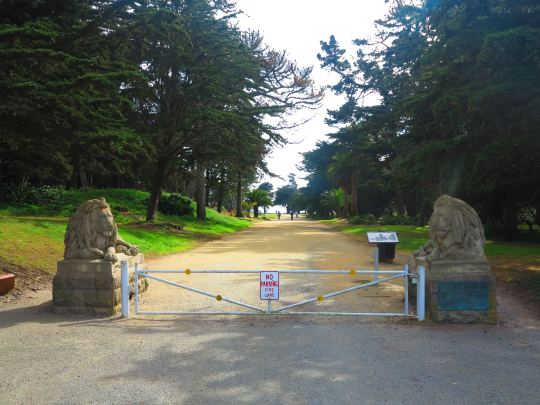
The Sutro Heights Gardens - then and now
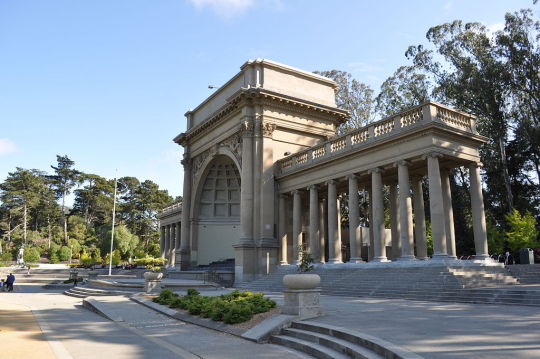
Spreckles Temple of Music, Golden Gate Park - known as the ‘bandshell’
But for these few remnants, and a couple others scattered here and there, the legacy is lost.

No comments:
Post a Comment